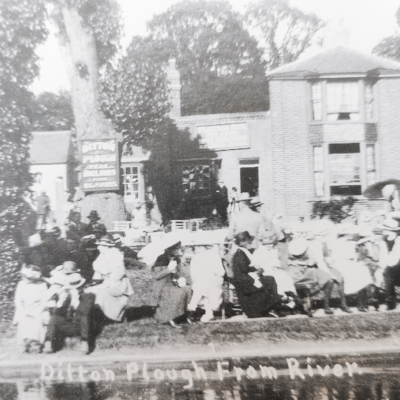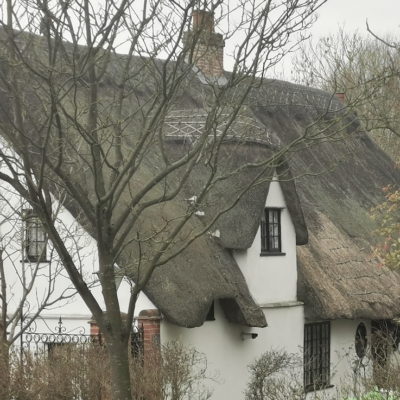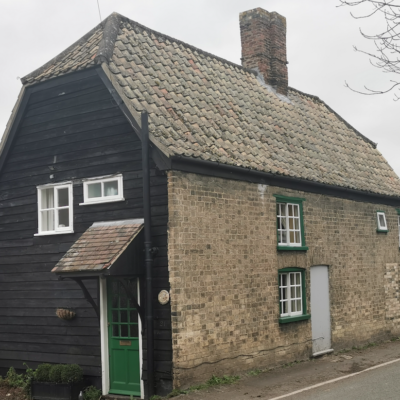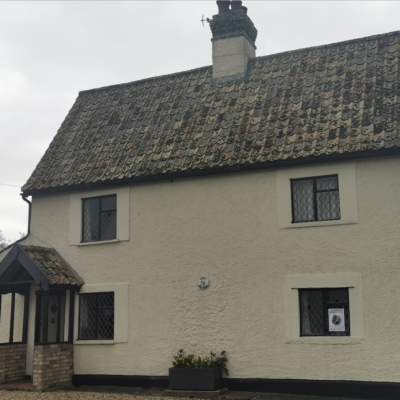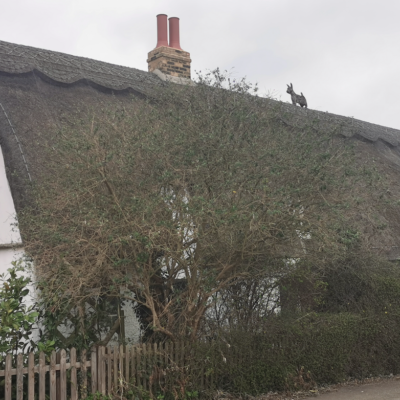Search by topic
- archaeology
- Building of Local Interest
- charity
- church
- crime
- dressmaker
- fire
- Great Eastern Railway
- Listed building
- Mapping Relief
- medieval
- oral history
- poverty
- Public House
- Rattee & Kett
- Religious House
- Roman
- scholar
- school
- Then and Now
- tudor
- women
- work
- world war one
- world war two
Search by text
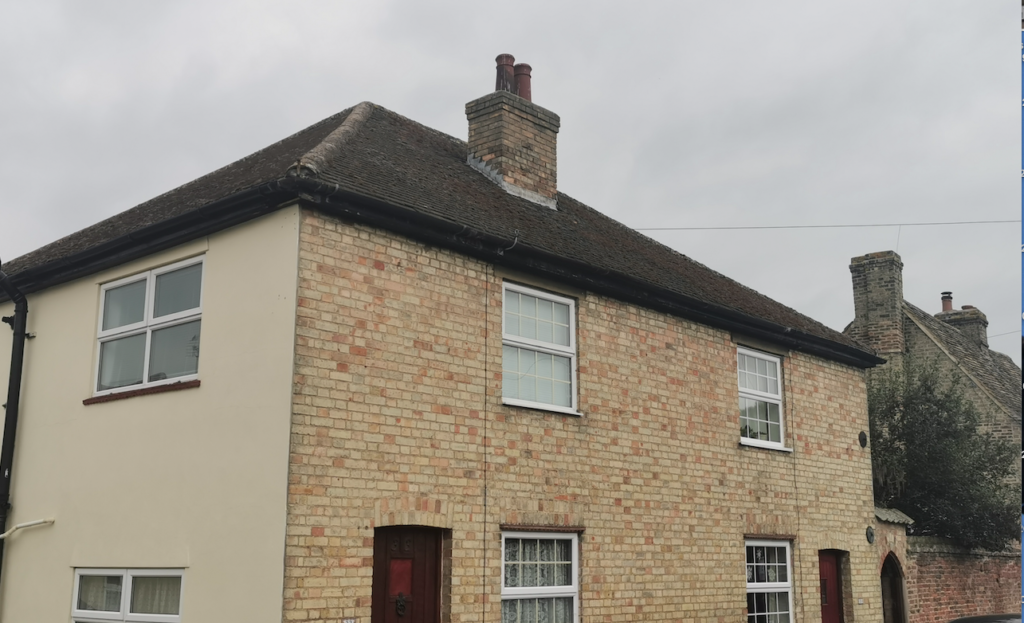 33 Green End Road, Fen Ditton
33 Green End Road, Fen Ditton33 Green End, Fen Ditton
History of 33 Green End, Fen Ditton
1939
William E Gray, b 1908, corn merchants porter
Grace A, b 1909
Brenda Anne, b 1937
This was the home of Brenda Anne Matthews (née Gray) (1937-2017)
Brenda was born in Green End, Fen Ditton, the only child of Bill and Grace Gray. She married Ray Matthews at St Mary’s Church, Fen Ditton, in December 1958 and then went to live in Chesterton, then Quy Waters, before returning to Green End on the death of her parents. She remained there until her death. The following notes are Brenda’s memories of her childhood during World War II, written by her.
Being wartime and dad being in the army, mum had to have a lodger which didn’t please her at all. We had a land girl name Kathleen from the north. I think she came from a better off family and rather looked down her nose at our lack of facilities – no electricity, water fetched in buckets from the pump quite a way up the road, and a bucket toilet (earth closet) across the garden in a shed which had to be emptied into a hole dug in the garden each week.
I now realise how hard my mother worked, having to go out cleaning to earn money, digging the garden to grow vegetables as well as looking after me and doing all the things my father would have done before. Other people had evacuees, and there was an outbreak of fleas among the children in the village.
During air raids the people in Green End would congregate in the shelter which was in the grounds of The Harvest Home [Harvest House, 37 Green End, just two doors away], and I spent many nights sleeping in there. At other times I slept under the table in the living room. Some houses were bombed in Green End and I remember the tiles, etc. all over the road next morning. For many years after the war I could still remember the sound of German planes as they flew over the village on the way to bombing other place.
I started at the primary school in Horningsea Road in September 1941 complete with a red gas mask. There were two classrooms, the infants and the juniors. Miss Bell, the headmistress, took the infants and Miss Long the juniors. I had a dog called Jumbo which used to walk to the school by himself every afternoon to meet me. The villagers seeing him would know the time without looking at a clock. Needless to say, there wasn’t a traffic problem then.
Every day we were given a third of a pint of milk to drink. I seem to remember queuing up at Honeysuckle Cottage for this, but maybe I’m mistaken. After lunch we had a short rest on little beds covered with blankets, pink for the girls and blue for the boys.
We also used to collect rose hips from the hedgerows which we took to school and were given, I believe, 2d a pound. This was some Government Scheme to make rose hip syrup.
Every now and then, the school would be given a food parcel which was sent, I believe, from Canada. This contained among other things, drinking chocolate powder and each child was given a sample to take home. I remember dipping my fingers into the package and sucking my fingers on this wonderful sweet mixture.
At the end of the war there was a street party in the High Street near the crossroads when everyone celebrated.
Contribute
Do you have any information about the people or places in this article? If so, then please let us know using the Contact page or by emailing capturingcambridge@
License
This work is licensed under CC BY-NC-SA 4.0







